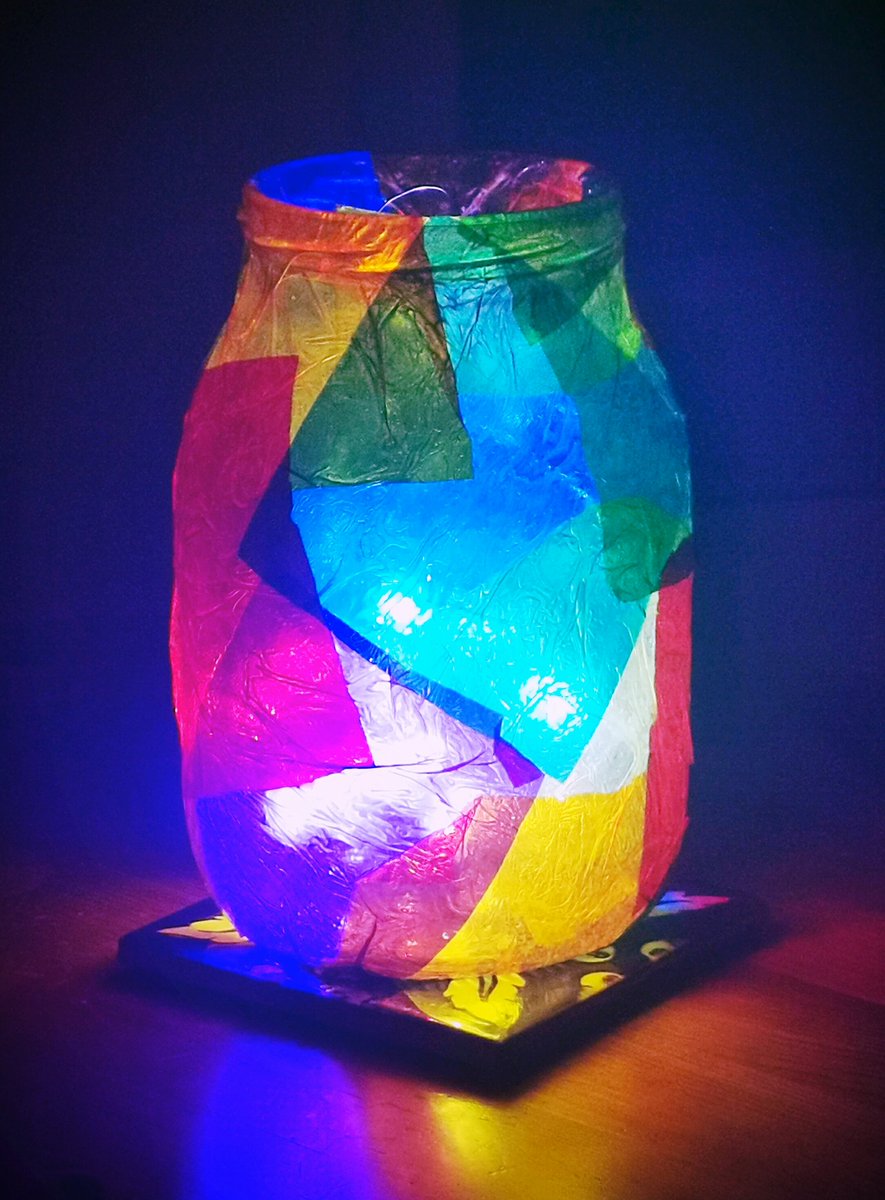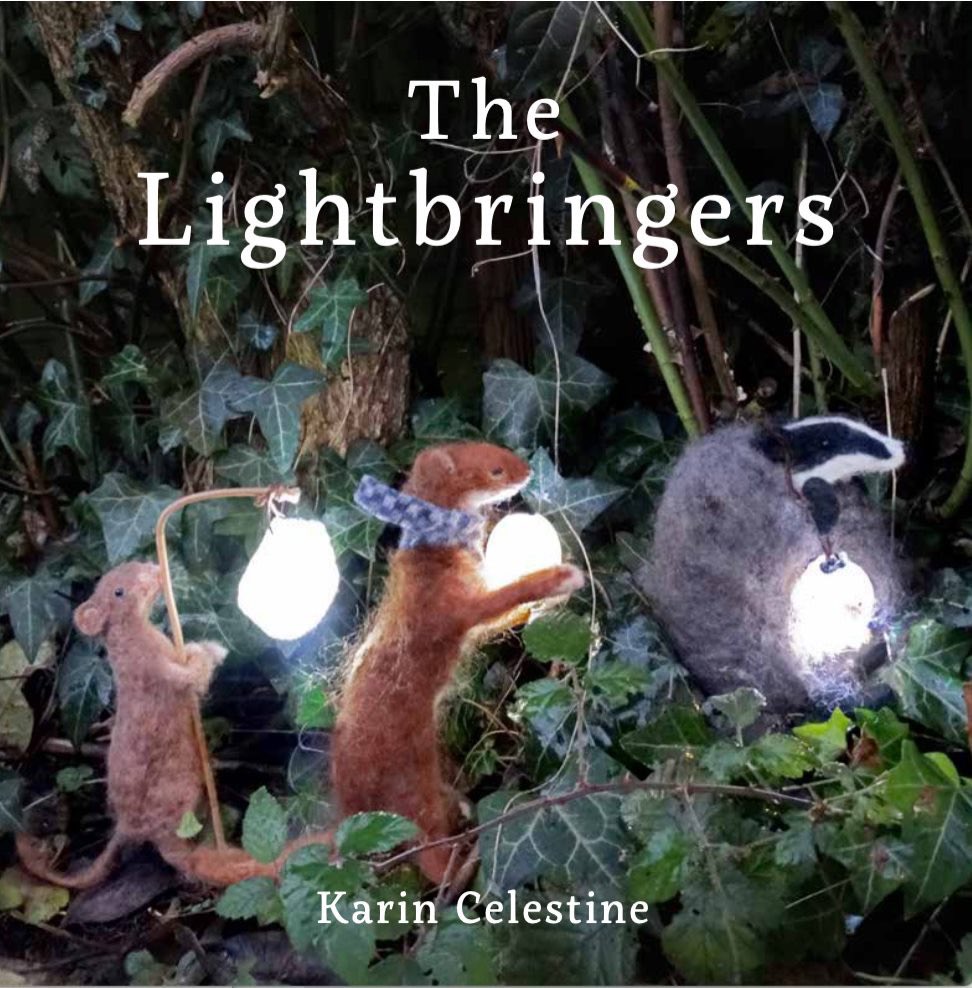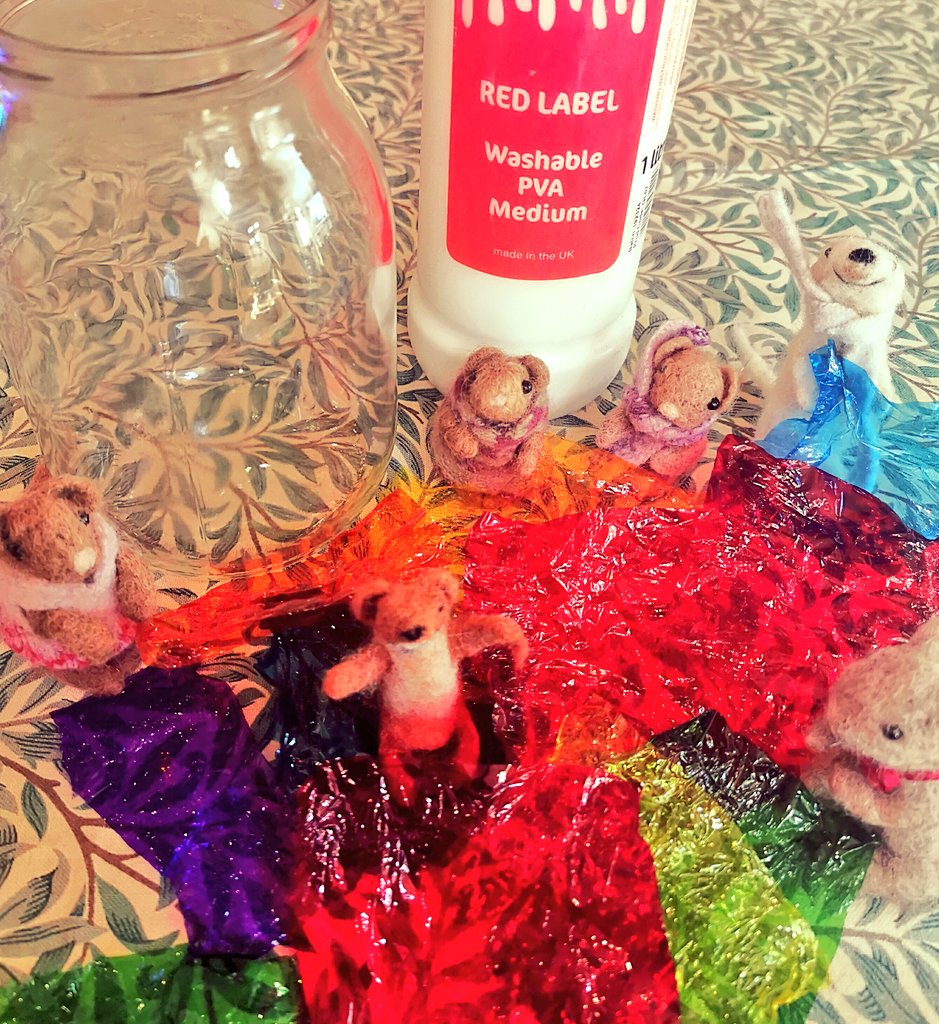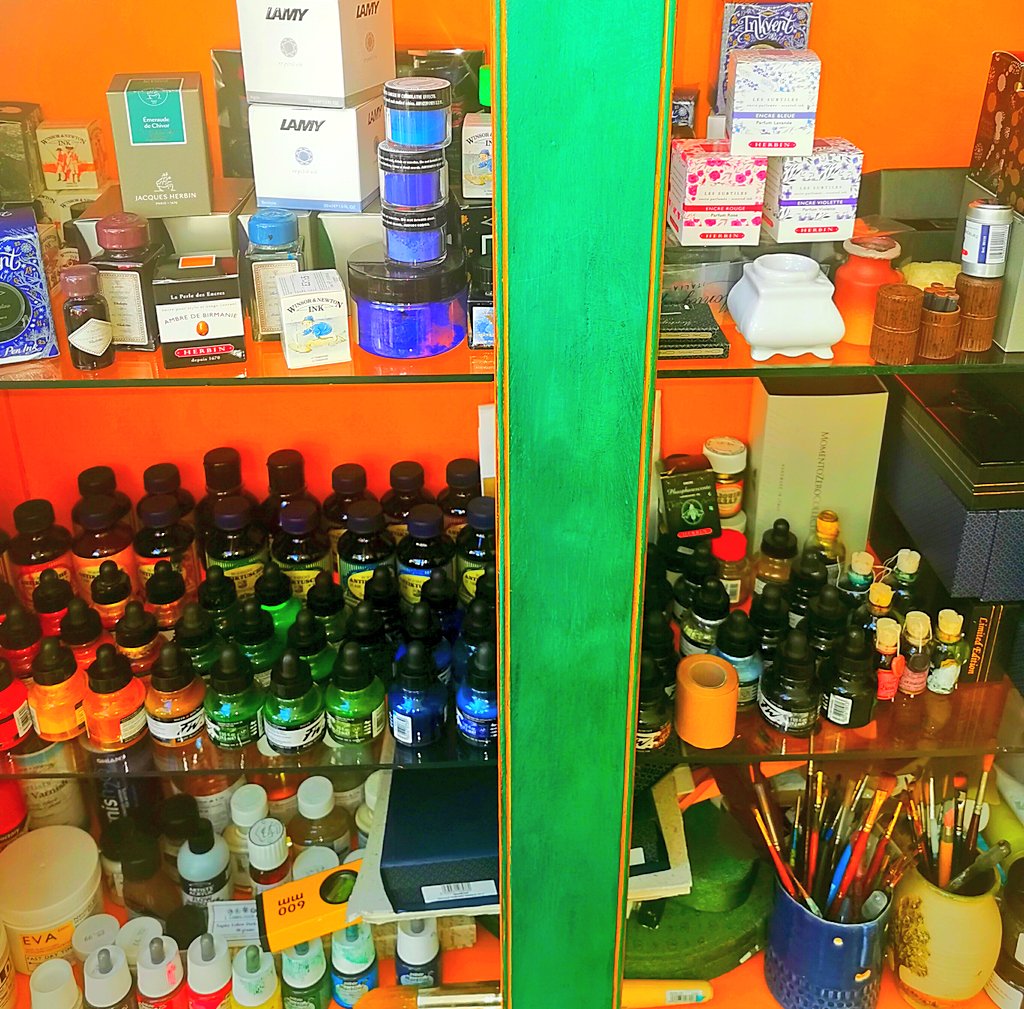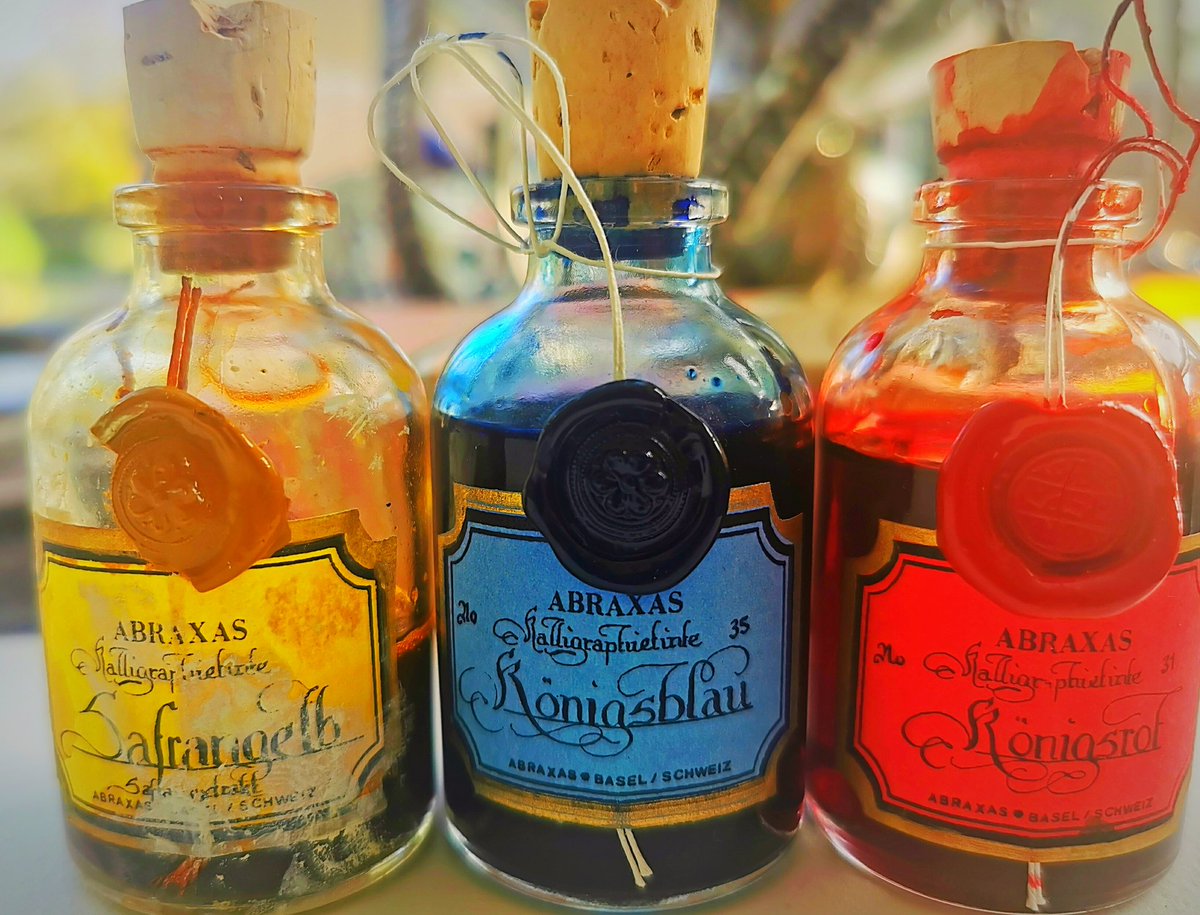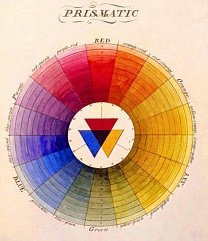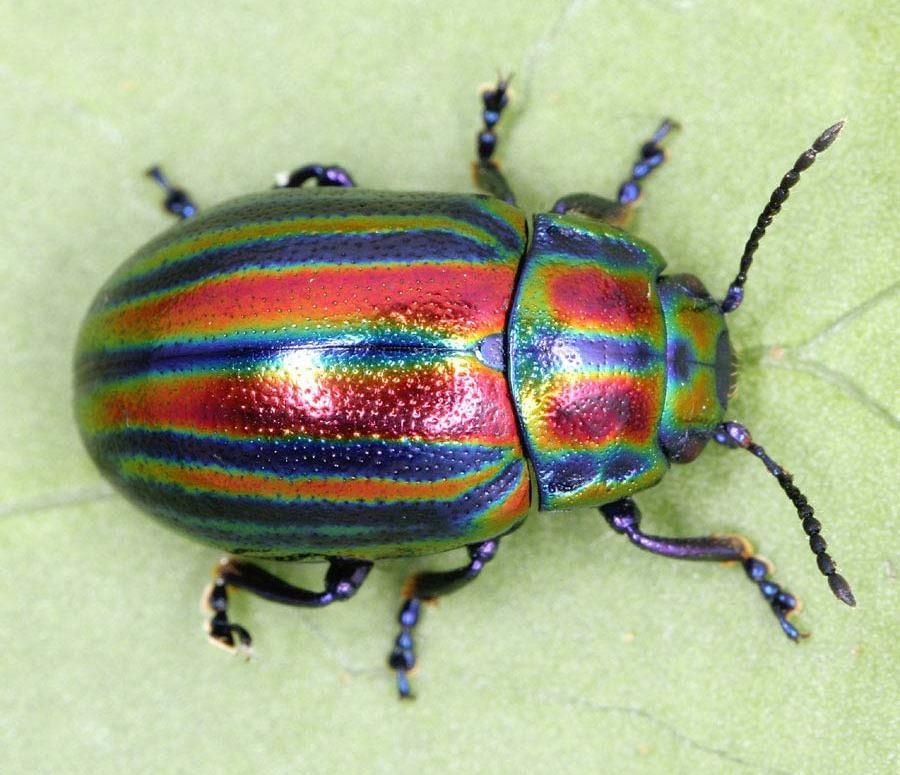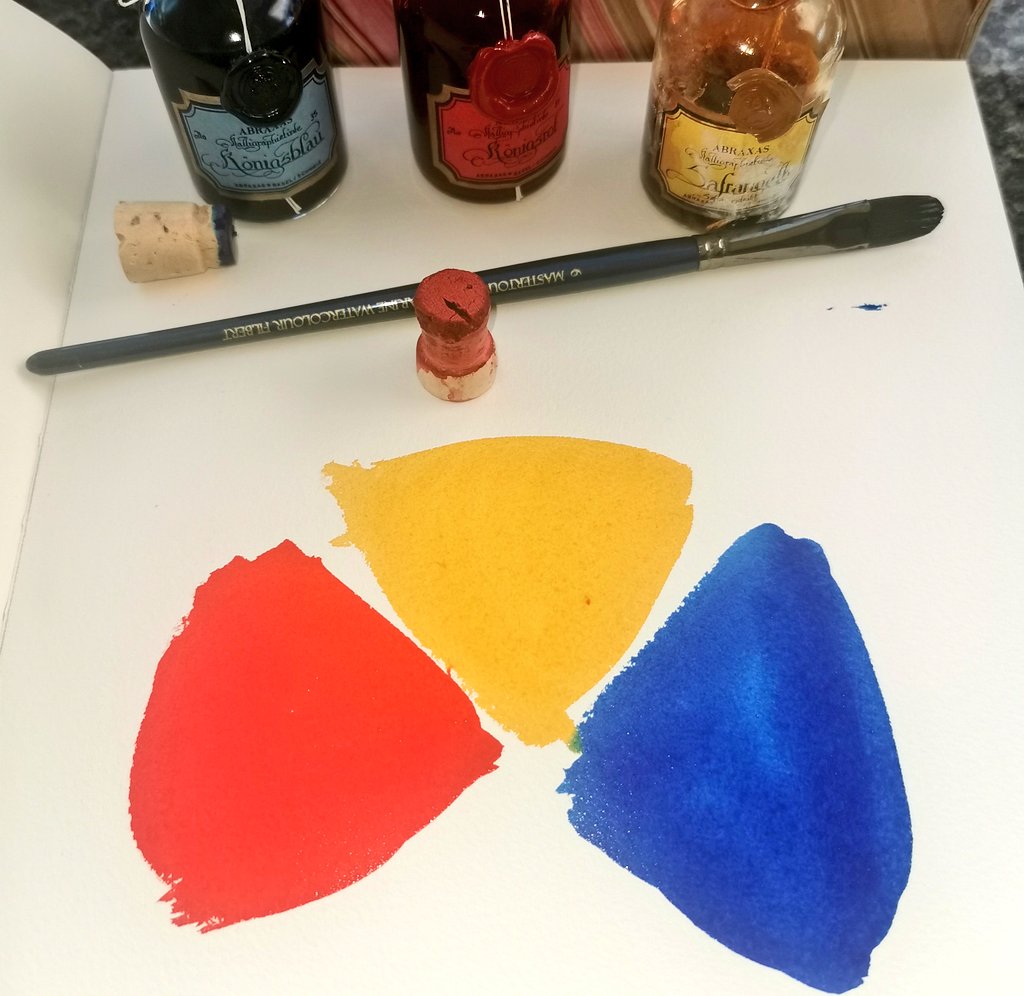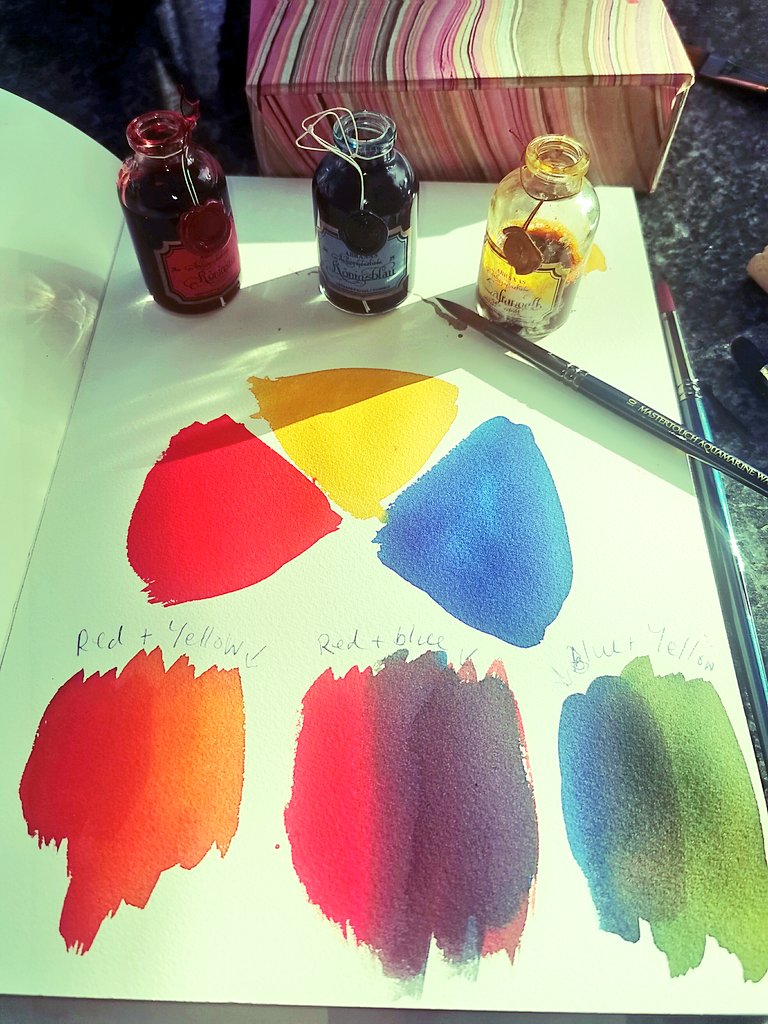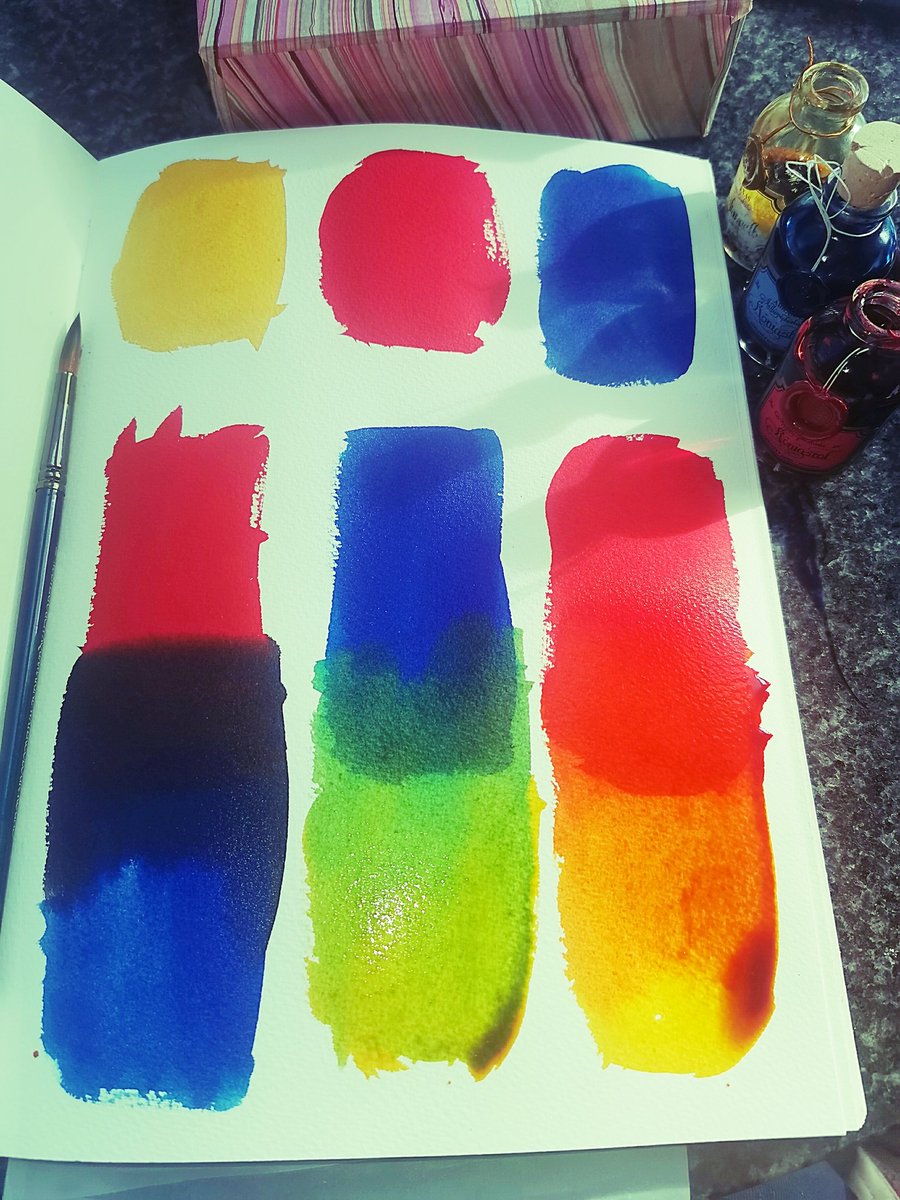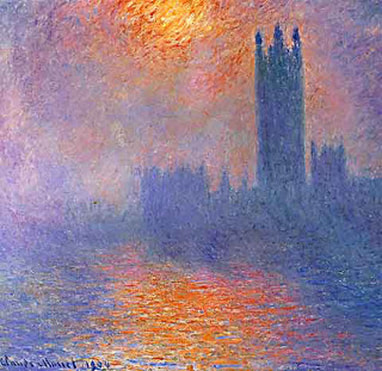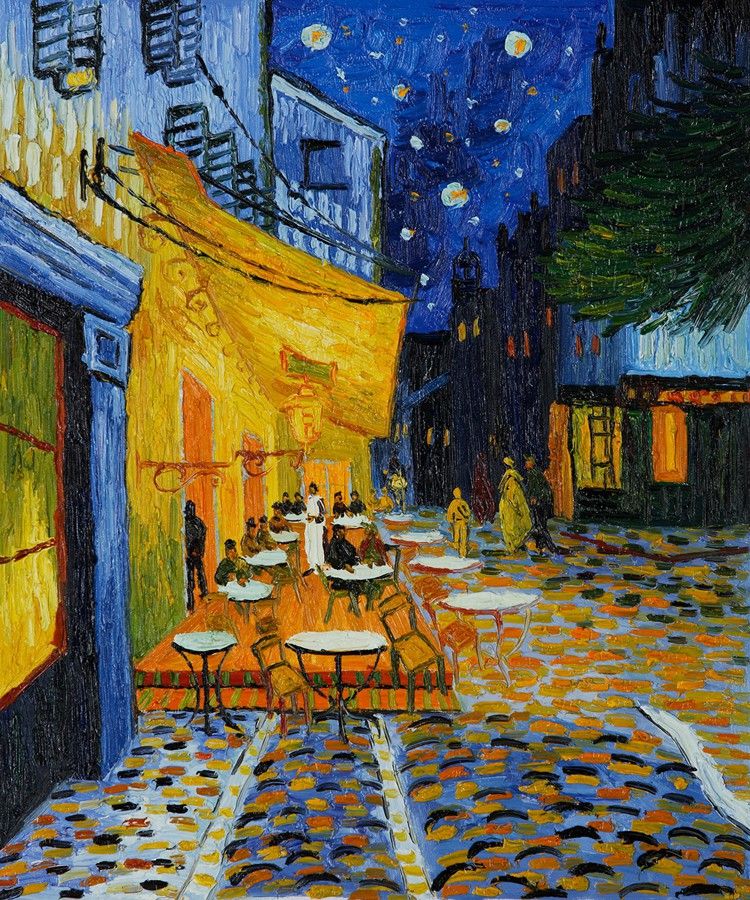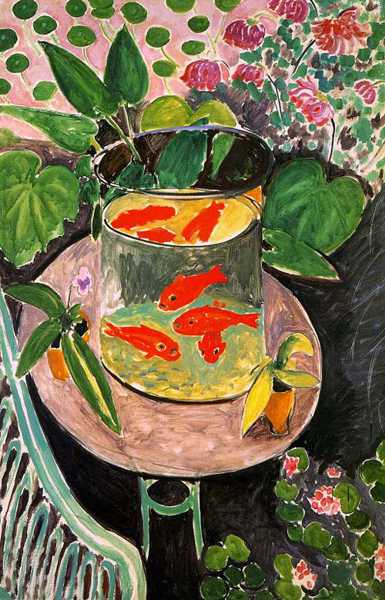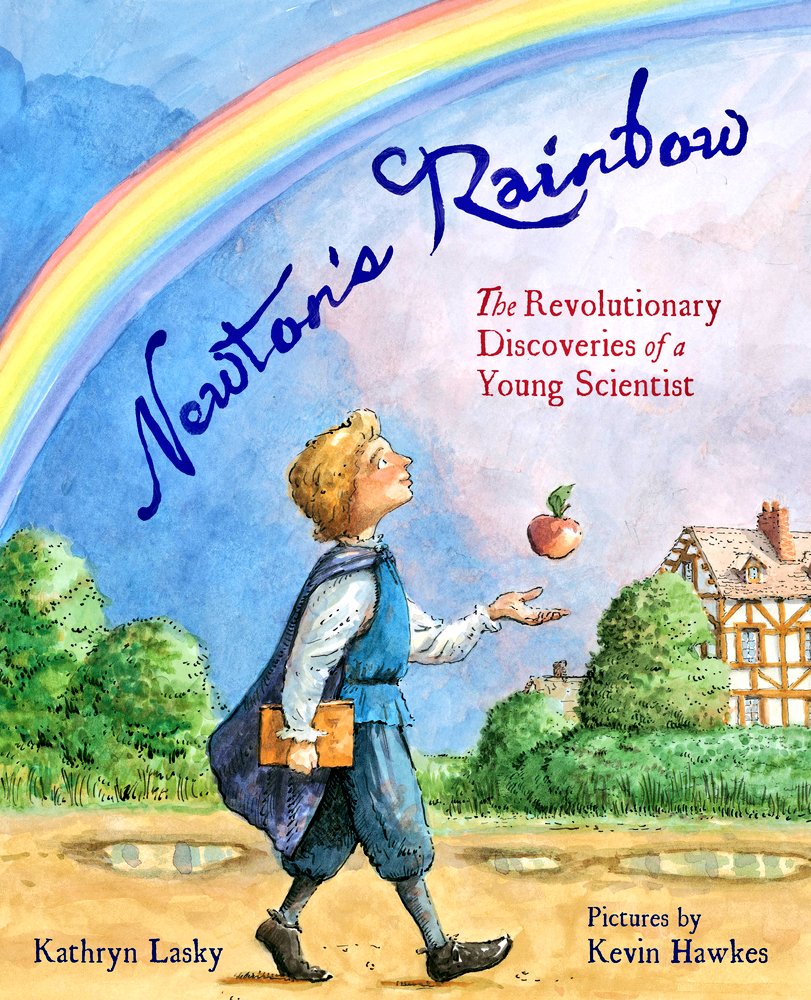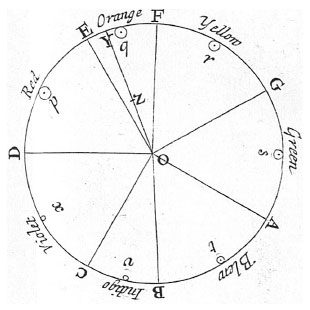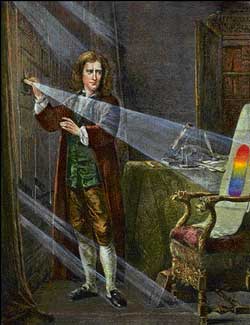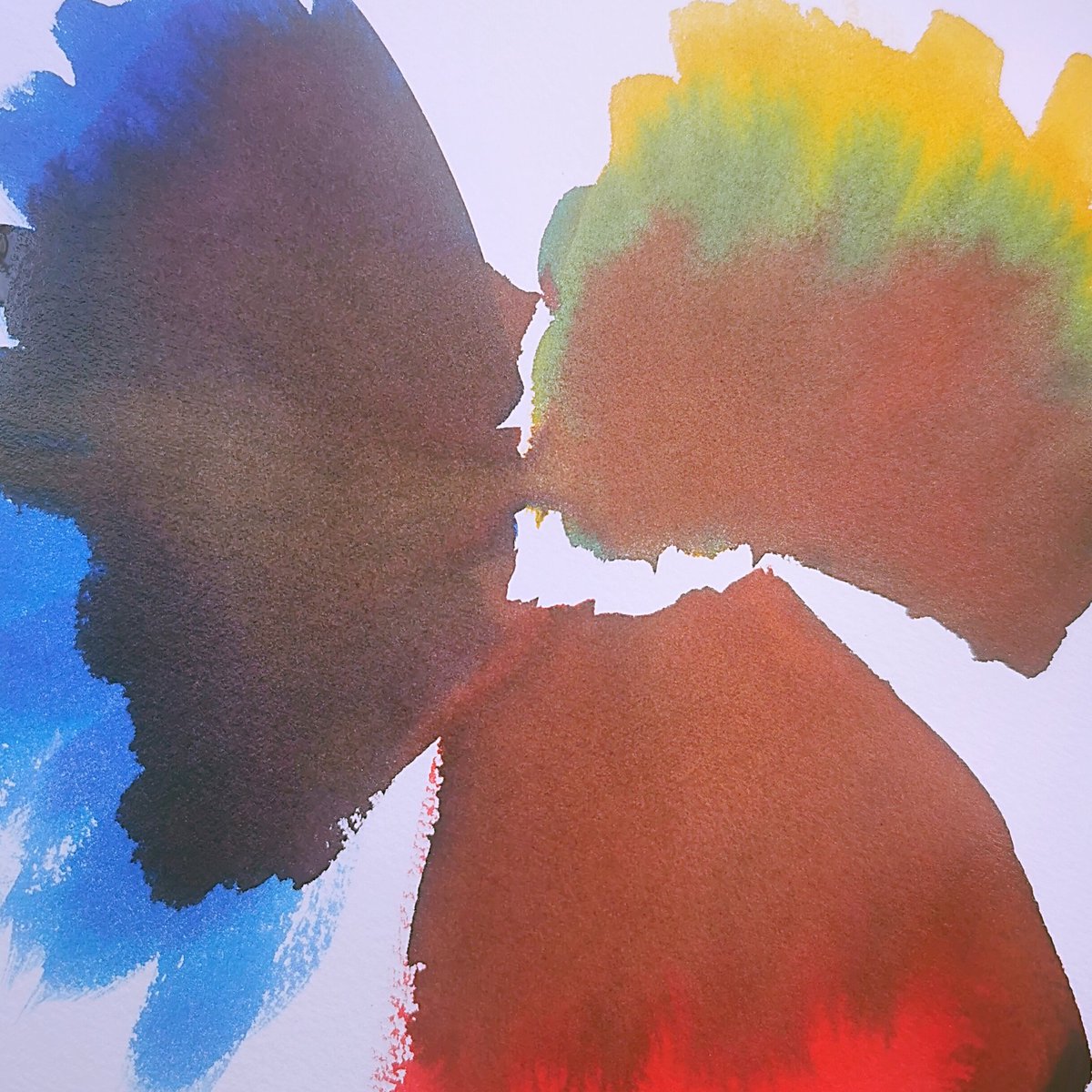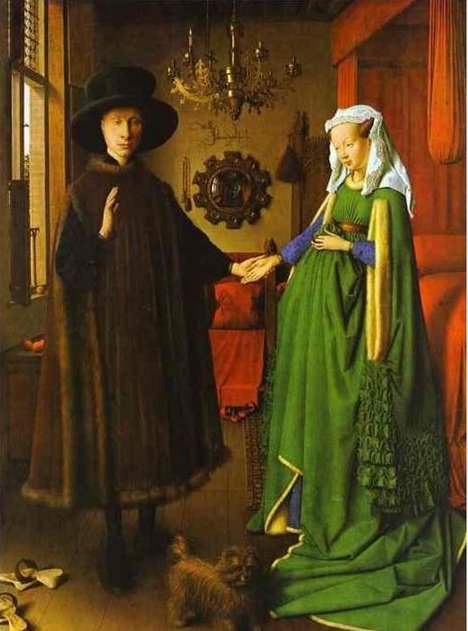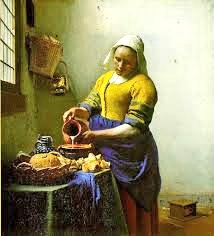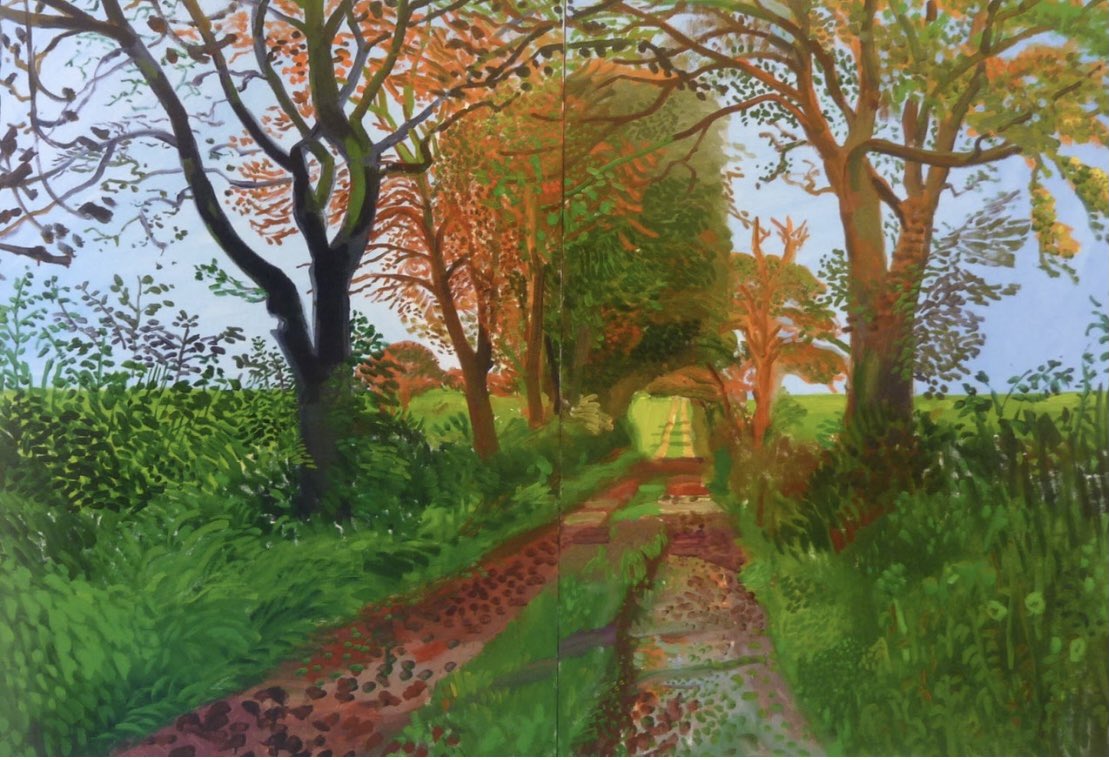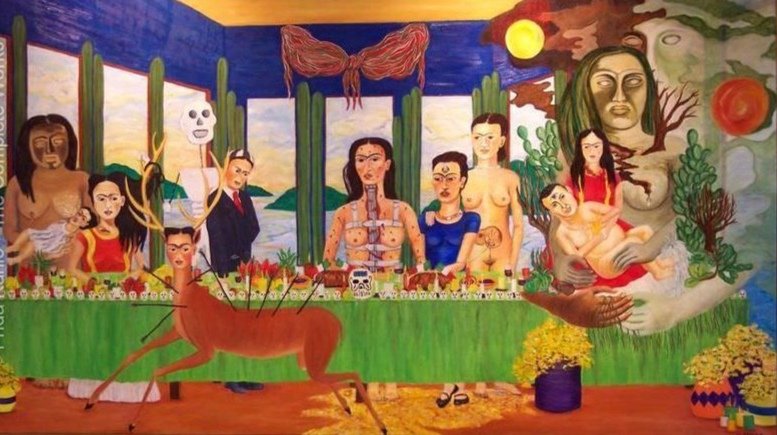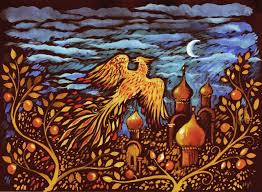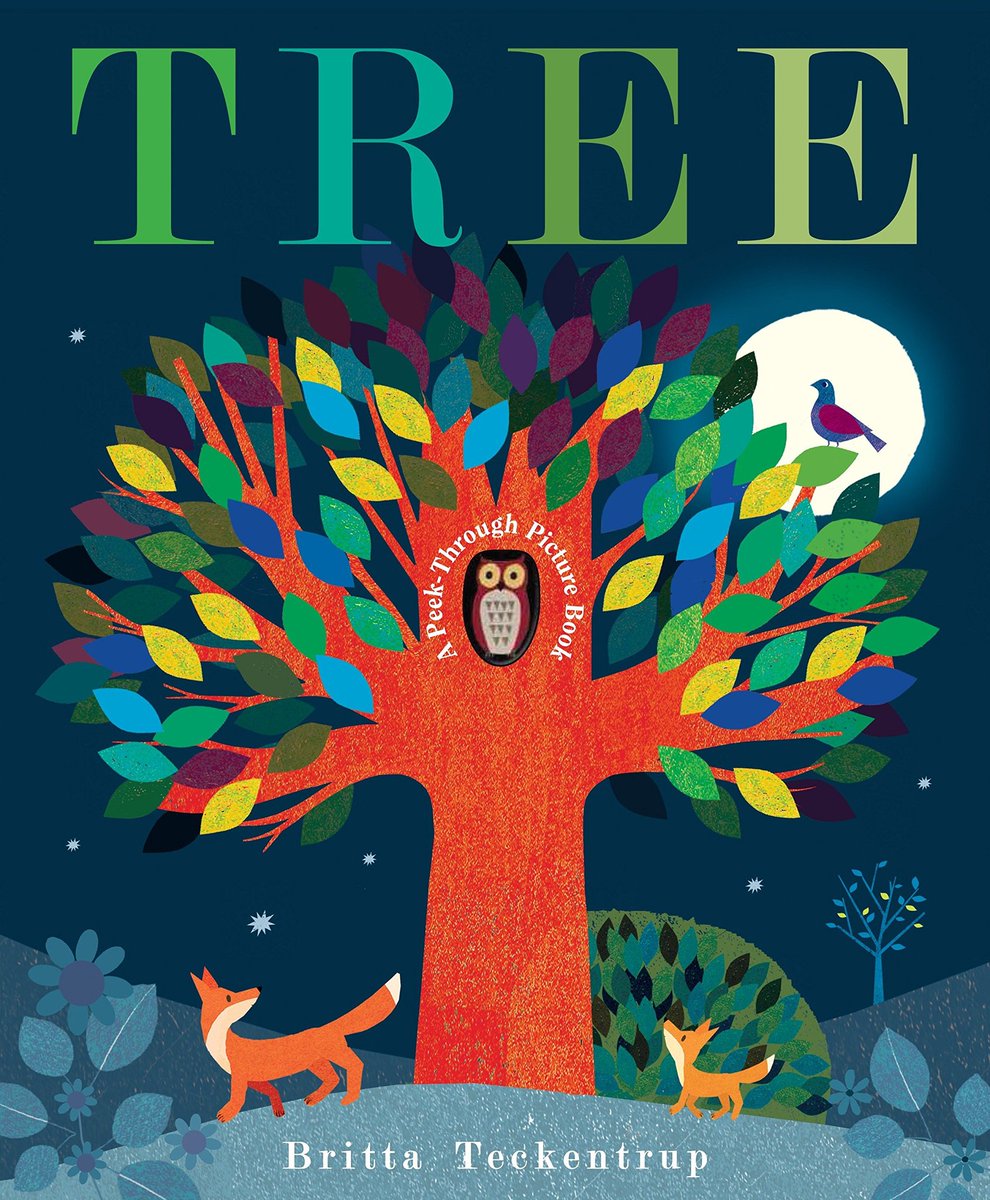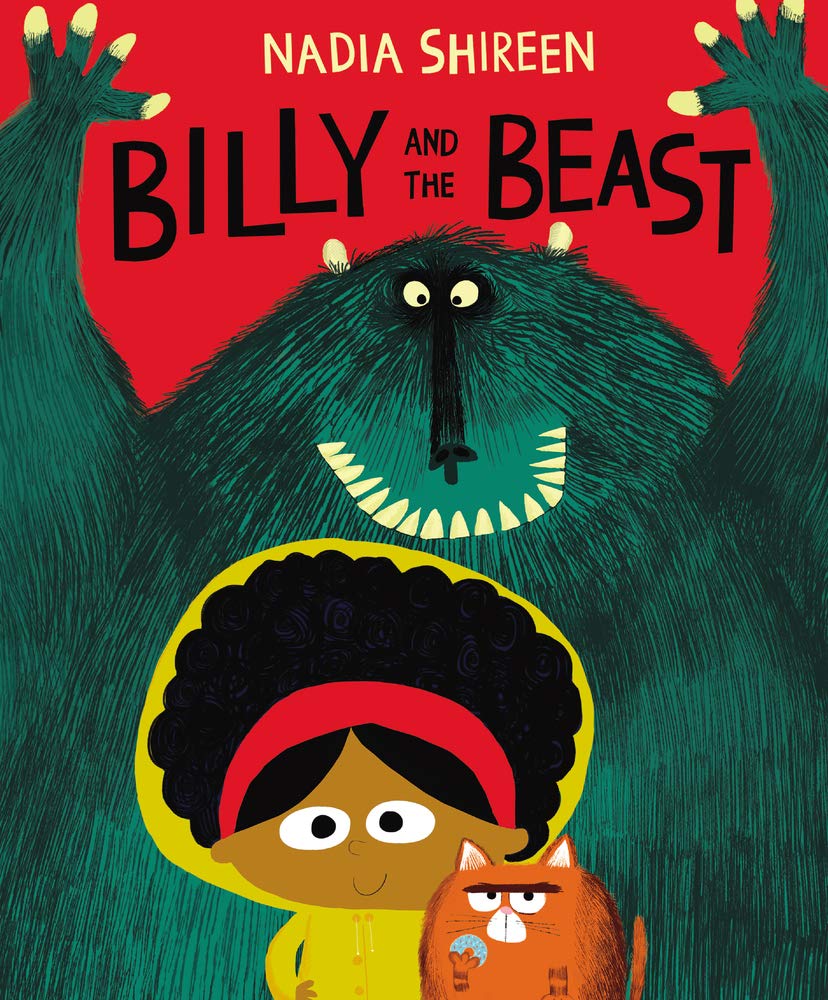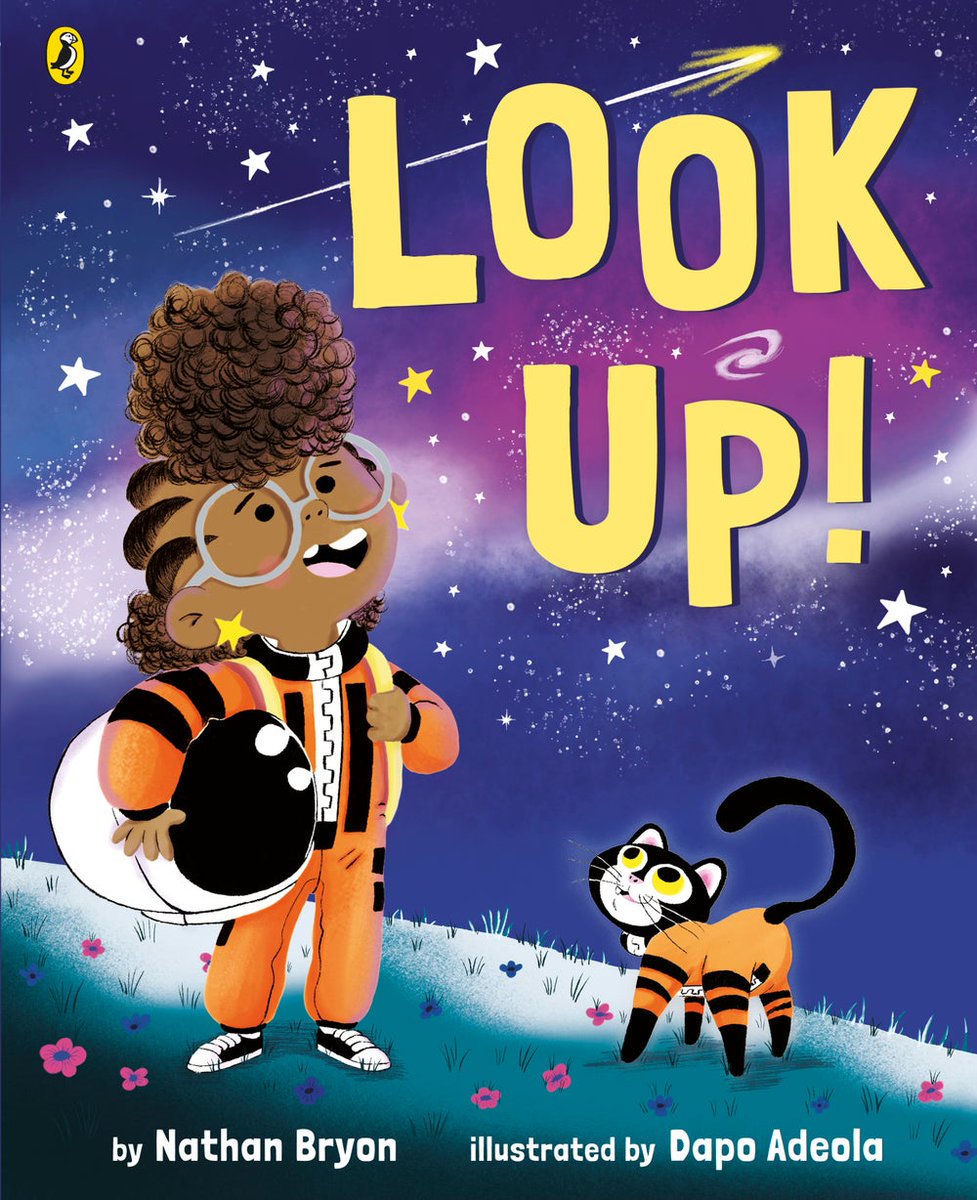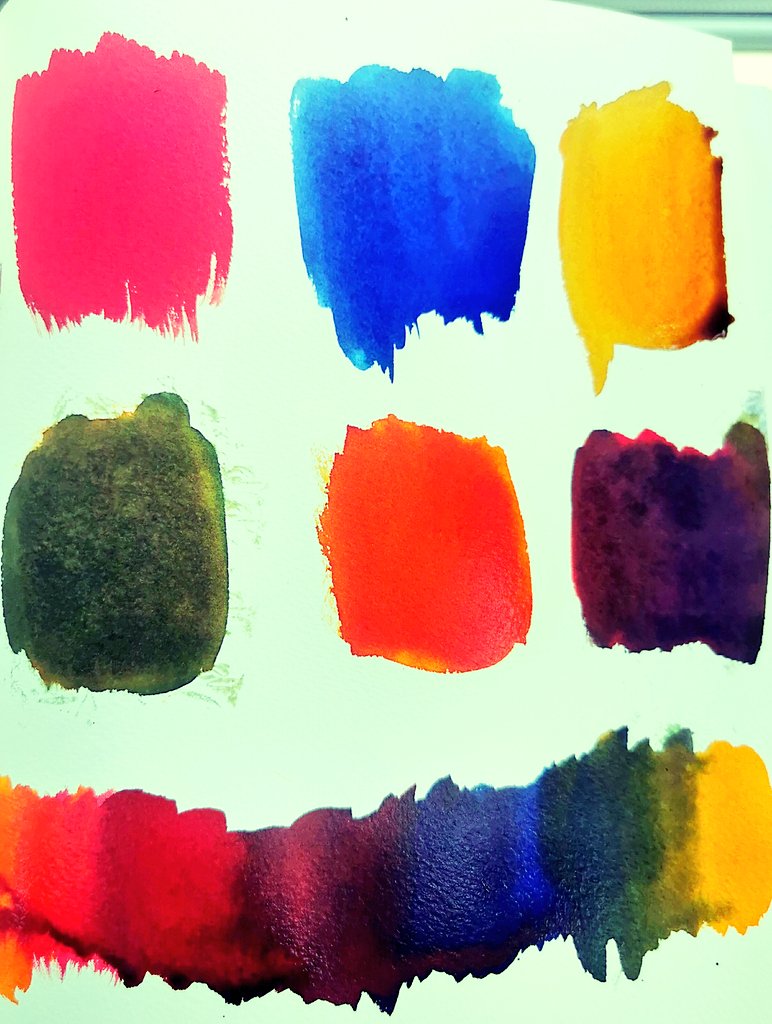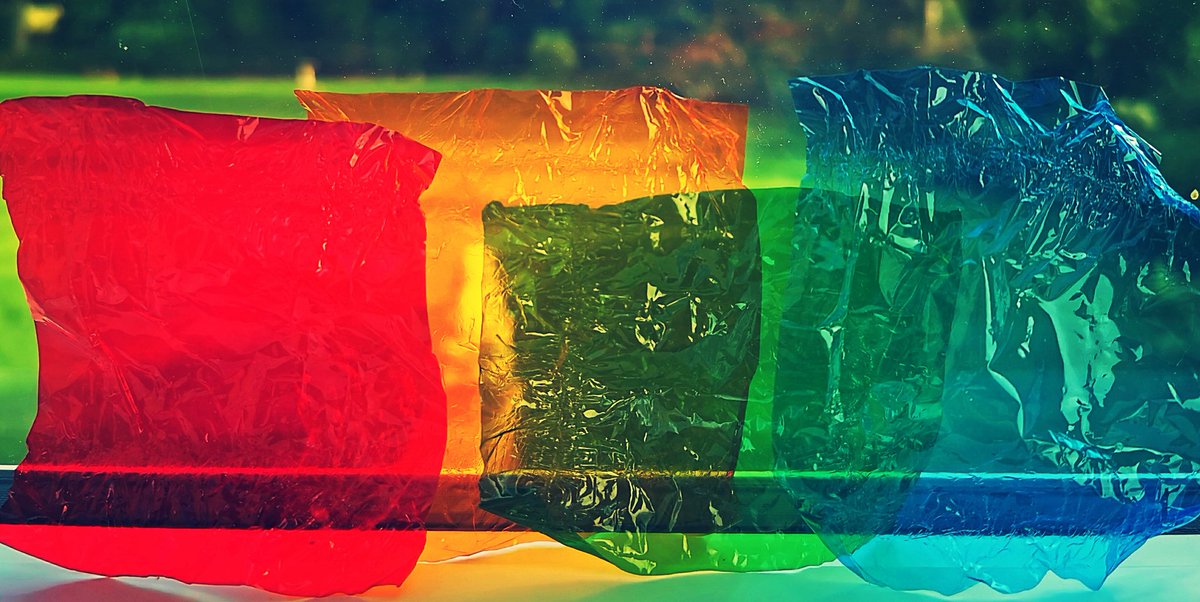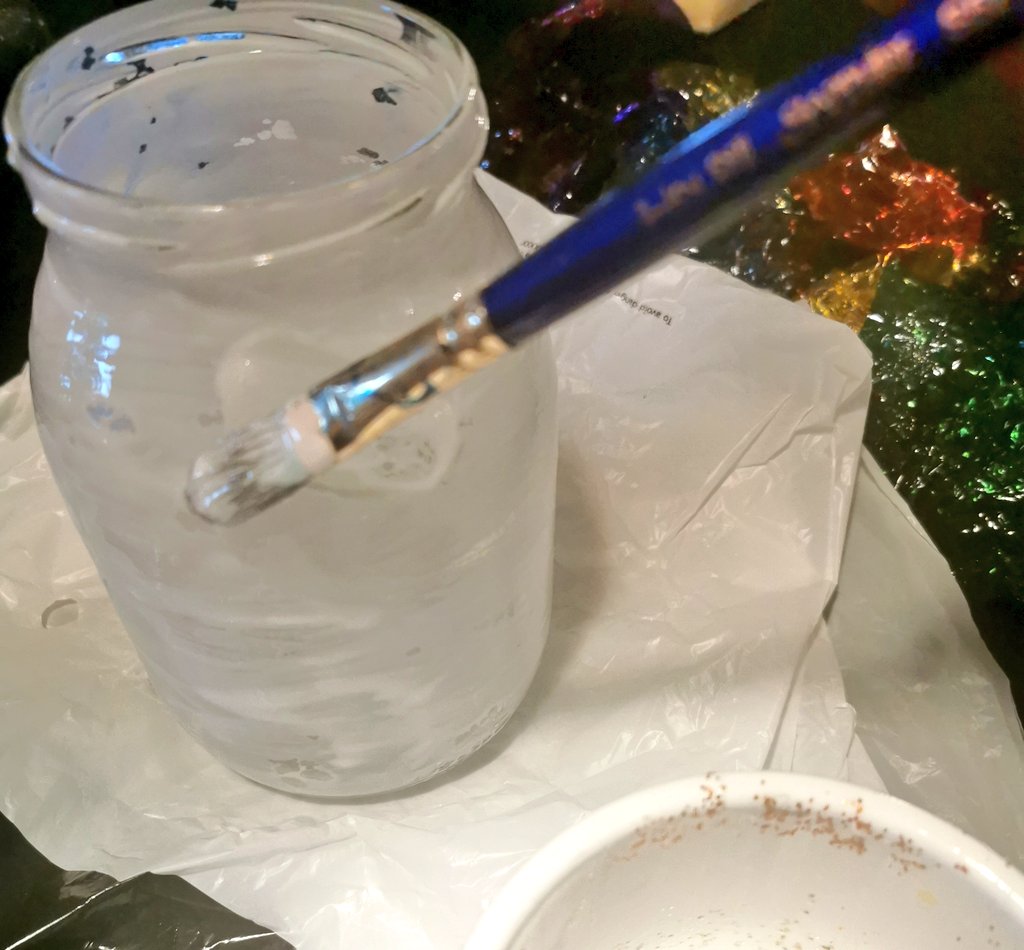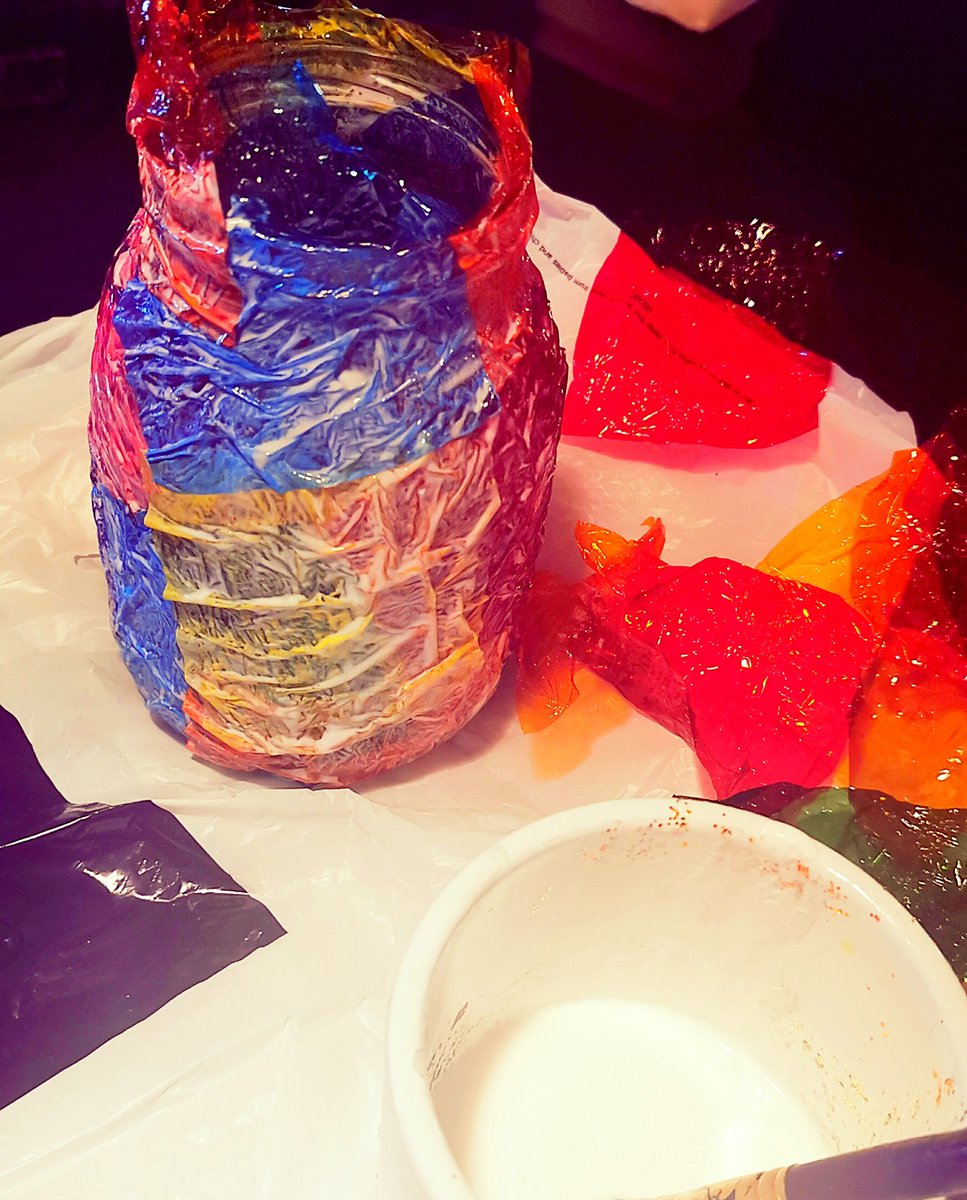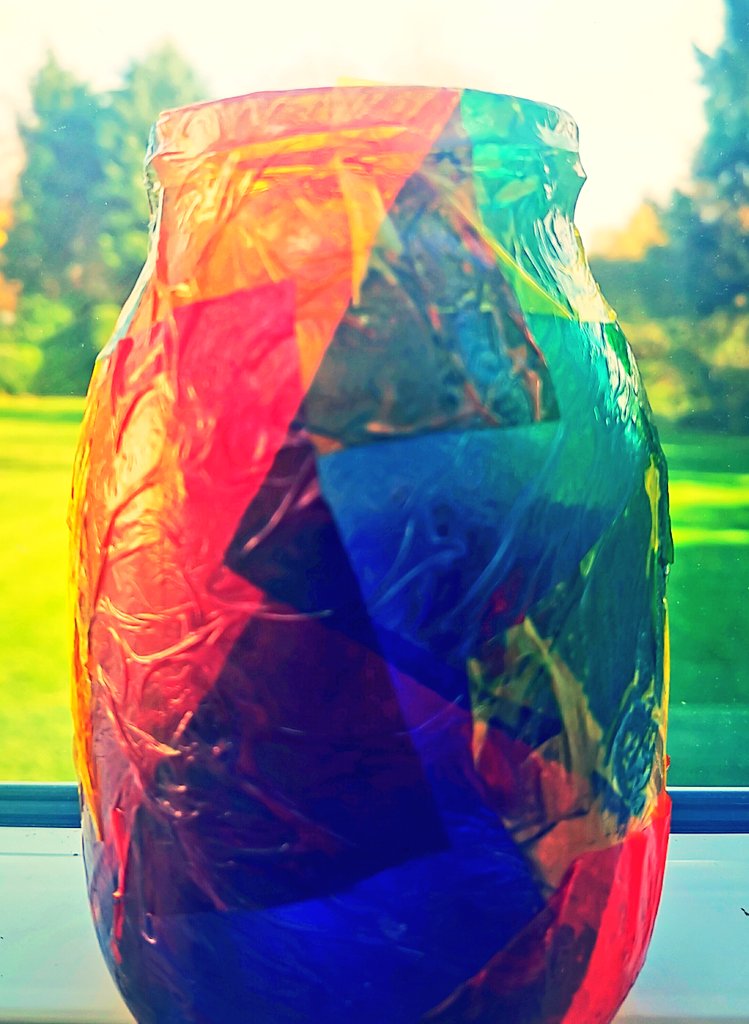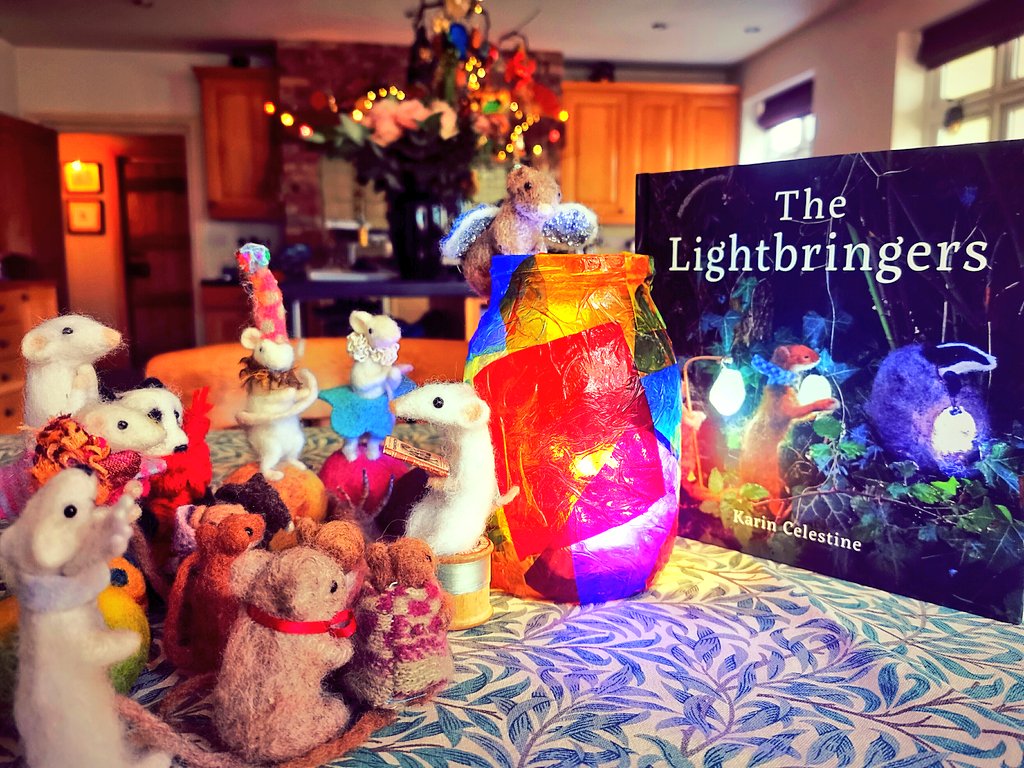
 THE LIGHTBRINGERS
THE LIGHTBRINGERS

Make a pretty lantern! Open the thread for a simple lantern idea and lots of amazing colour science. On 11th Nov light up your lantern, send us photos using #TheLightbringers.
For this you need a jar, sweet wrappers and PVA glue
 #edutwitter #Thread
#edutwitter #Thread
You will need: an old glass or plastic jar, multi-coloured sweet wrappers (or cellophane or bright tissue paper), some school PVA glue and a brush. You'll need a torch or bundle of battery operated lights too, ideally. (These creatures 'helped' by eating lots of sweets... ).
).
 ).
).
Basically we're going to cover the jar in coloured stuff but.. before we get stuck in, I am going to give you a little lesson in how colour works, which is a subject I love! I'm going to use ink, which I also love and collect. Here is a photo of my ink cupboard...
And here are the three ink colours I'm going to be using.. Yes, just three. This Abraxas ink is made in Switzerland and I like it because it is translucent, like coloured glass, but also very highly pigmented - there is LOTS of colour in those pretty little bottles!
Look at the pic below, it is called a colour wheel. This was created by British entomologist Moses Harris for his study of beetle colours, The Natural System of Colours, 1766 (here's a Rosemary Beetle - if you want to learn about beetles, read Beetle Boy by @MGLnrd, it is fab! )
)
 )
)
You see the three colours in the middle of the colour wheel: blue, red and yellow? Those are Primary Colours and with those three colours alone, you can make any other colour! Even if your teacher or granny insists that green is a primary colour, it isn't, and here's why:
If you mix any two primary colours, you will get what we call a Secondary Colour. So: red and yellow mixed makes orange, red and blue mixed makes purple, and... blue and yellow mixed makes... GREEN! Green is a secondary colour.
Now it gets a little complicated. If you mix two primary colours the colour that you've just made, and the colour left out that you didn't mix, are complementary colours. So if you mix blue and yellow to make green - you left out red; red and green are complementary colours.
If you look at lots of great paintings, you can see the artist use complementary colour to really make the scene 'pop', they compete with each other for your attention so it seems very vibrant. Here is Monet's painting of Westminster, with blue and orange set against each other.
And here is Van Gogh doing the blue and orange thing too in Cafe Terrace at Night ... And Mattise using red and green to make the gold fish stand out (I was going to write 'make the goldfish pop' but that would just be awful and sad! )
)
 )
)
This isn't just about colours 'looking good' together, it is science. Different photoreceptor cells contribute to your vision, perceiving different types of light. Try staring at this blue square for 30 seconds. Then, quickly look at a white wall. You’ll see a faint orange.
That is called an afterimage— it is blue’s complementary, opposite colour. The cells in your eyes became tired of looking at blue, and slightly suppressed the blue bit of the spectrum you’ve been staring at. Now try staring at this - what colour do you think you'll see?
What you're seeing is Newton's Spectrum minus the tiny bit of blue or red that your eyes tired of; your brain processes it as its opposite. Complementary colours simultaneously stimulate different parts of the eye. Basically - opposites attract. Find out more 
 #KevinHawkes
#KevinHawkes

 #KevinHawkes
#KevinHawkes
Sir Isaac Newton created the very first colour wheel while experimenting with prisms in 1666. His experiments led to the theory that red, blue and yellow were the three colours from which every other colour is made.
Just as an aside, if you mix a primary colour with its complementary colour you will ALWAYS get brown. Red and green - or blue and orange - or purple and yellow will all make brown (not the prettiest picture I've ever done.. But you get the point)
Have a look through some art books or gallery websites and see what else you can spot. Here's work by Jan Van Eyck, Johannes Vermeer, David Hockney (spotted on @HamishH1931 feed earlier today!) and Frida Khalo - all of which use dazzling complementary colours.
Here are some illustrations from modern illustrators that use complementary colour beautifully too - have a close look at the use of colour in your favourite illustrators' work. Here are some of my favorite illustrators: @mrjamesmayhew @BTeckentrup @NadiaShireen and @DapsDraws
AND..you can create EVEN MORE colours, Tertiary Colours, by mixing Primary Colours with Secondary Colours. Shades of yellowish-green, purpley-blue, and orangey-red are Tertiary Colours. Here are Primary, Secondary and the spectrum of Tertiary Colours, all made from my three inks.
So now you know all this amazing stuff about colour, even if you only have a few different colours of sweet wrappers or tissue paper, you can create many more! Try holding a few different colours up to the light together and see what you get. Now get ready to make your lantern!
First thing to do is to cover your jar in glue; go on, really slap it all on, everywhere..! I stuck my hand in the jar to hold it while I glued it all (but please don't get your hand stuck, it is not clever and it is not a good look.)
Next stick your sweet wrappers or coloured tissue all over the jar, and add more glue to squish it all down. As you do this, think about how the colours you've got are overlapping and what new colours they'll make. The glue will dry clear so don't worry if it looks a bit murky.
Let it dry overnight while you have colourful, lantern-lit dreams. You can neaten up the edges with a pair of scissors or a bit more glue. Once dry you can put in a little torch or a bundle of fairy lights, or even just stand it where it will catch the light, like stained glass.
If you leave your little lantern quietly, you might find some small creatures come out and gather round it to read stories. The Lightbringers is a tale of how, in this dark season, the wild woodland animals will gather the light and keep it safe until the spring...

 Lantern-Light Night
Lantern-Light Night

Have fun making your lantern and join us for a Gathering of The Light on 11th Nov; this is Martinmas, the Light Festival of the old European calendar and a few days before Diwali, Indian Festival of Light. #TheLightbringers https://www.kenilworthbooks.co.uk/the-lightbringers/

 Read on Twitter
Read on Twitter